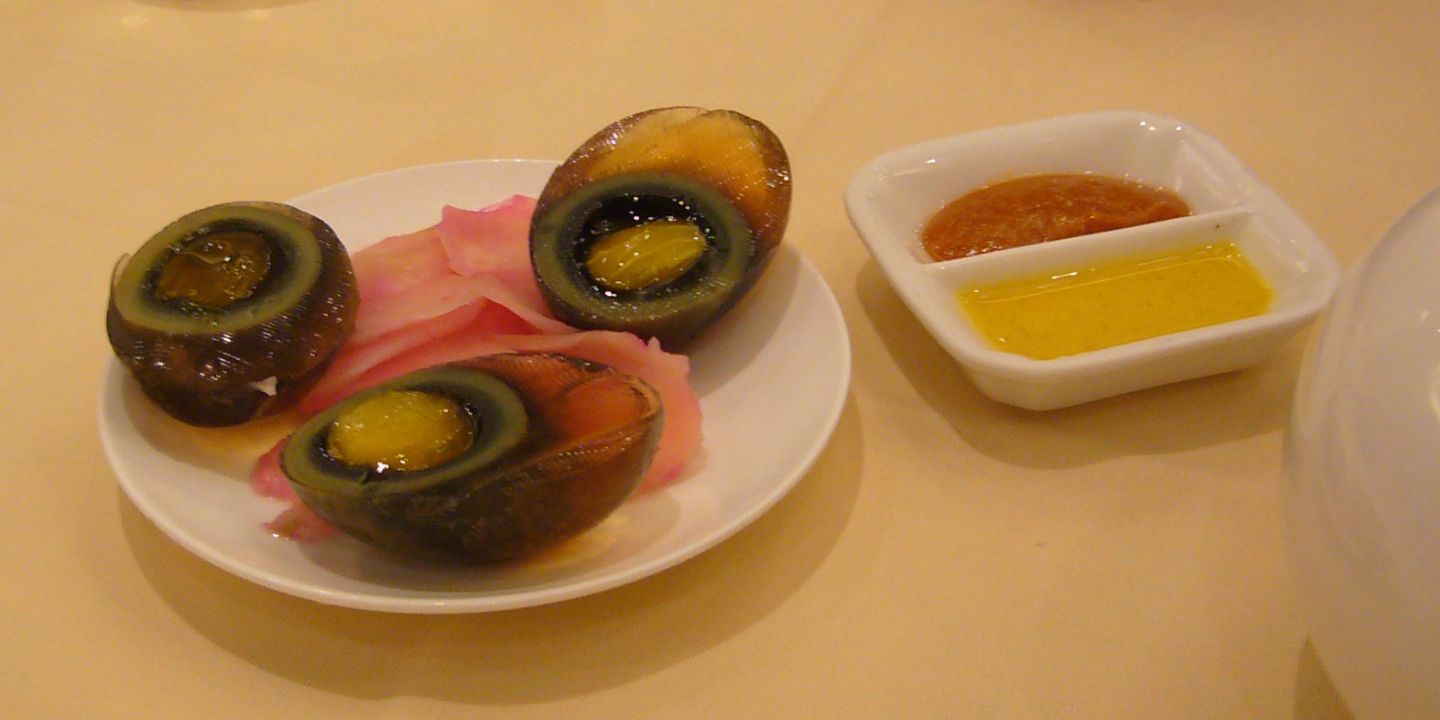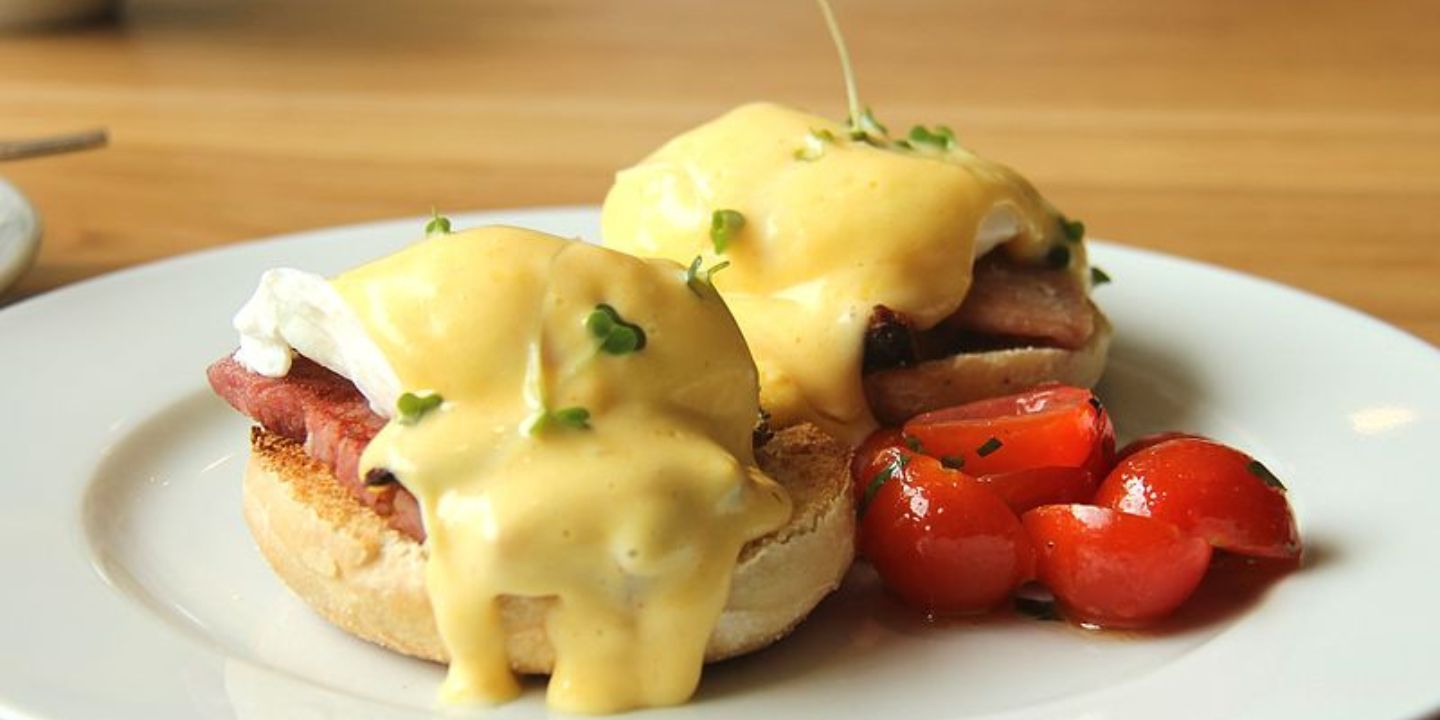Make Your Food Look Amazing
Whether you're a blogger, a restauranteur, or an Instagram foodie, you want your dishes to look amazing in photos. After all, people eat with their eyes first. Food photography is a little different from other types because you're usually wrestling with indoor lighting, small dishes that require super close-ups, and often, not-so-great cameras. However, if you follow a few simple rules, you can take professional quality food photos that'll bring your Instagram to the next level. Here are some pro tips for taking yummy-looking food photos.
 Photo by Szabo Viktor on Unsplash
Photo by Szabo Viktor on Unsplash
1. Use Natural Light
When it's available, it's always ideal to use soft natural light. If it's not an option, you can mimic natural light with soft artificial lighting, but whatever you do don't use the flash.
 Photo by Nano Erdozain on Pexels
Photo by Nano Erdozain on Pexels
2. Don't Zoom
Don't use your camera or phone's zoom for photos because it destroys the quality. If you want a close-up, physically move closer to your food.
3. No Direct Sunlight
While natural light is good to use, you usually don't want direct sunlight on your subject. It's far too intense and causes harsh shadows. Diffusing the light through a sheer curtain or moving further from the window is the way to go.
 Photo by Steven Indrajaya on Unsplash
Photo by Steven Indrajaya on Unsplash
4. Manually Adjust Exposure
Sometimes automatic settings pick up light incorrectly resulting in an over or under exposed photo. You can easily combat this by setting the exposure manually.
 Photo by Helena Lopes on Pexels
Photo by Helena Lopes on Pexels
5. Spritz Your Food
Add a touch of oil or spray of water to your dish to make it pop. Food photographers often do this to make the food more appealing, just make sure not to use too heavy a hand as you don't want the dish to appear wet.
6. Take Many Shots
When shooting food, take more photos than you need. Even if you think you have the perfect shot, you might look at it later and realize it's blurry so make sure to take several extra.
 Photo by cottonbro studio on Pexels
Photo by cottonbro studio on Pexels
7. Pay Attention to Background
There's nothing worse than a cluttered background in food photos, especially if it shows your messy kitchen. Ensure the background is clean or add items that accentuate your dish, just make sure not to take away from your focus.
 Photo by Marios Gkortsilas on Unsplash
Photo by Marios Gkortsilas on Unsplash
8. Play With Depth of Field
Depth of field refers to how much of your photo is in sharp focus. If you're taking a photo of a single dish, try using a low depth of field, or only having a sharp focus on a small portion of your dish while the rest is blurry.
 Photo by Tuqa Nabi on Unsplash
Photo by Tuqa Nabi on Unsplash
9. Experiment With the Rule of Thirds
One of the most basic rules of photography is rule of thirds: when your subject placed on the left or right third of your frame. You don't have to follow this rule, in fact, there are many fantastic food photos on Instagram that have their food perfectly centered. But it's a good thing for you to keep in mind as you play with different framings.
 Photo by Marios Gkortsilas on Unsplash
Photo by Marios Gkortsilas on Unsplash
10. Play With Angles
Use different angles to accentuate individual dishes. For example, if you're taking a photo of a salad, taking it from straight above or at a 45 degree angle is probably best but if it's a burger, taking it from the side so you can see its layers is better.
 Photo by Everton Muta on Pexels
Photo by Everton Muta on Pexels
11. Incorporate Food Props
Another thing you might want to play with is incorporating raw ingredients as food props. This will add some visual interest and highlight the flavors in the dish.
12. Use Small Portions for Plating
It's usually not super appealing to see a giant pile of food on a plate. Instead, use smaller portion sizes so it's not so cluttered and utilize the negative space to create a clean look.
 Photo by Marios Gkortsilas on Unsplash
Photo by Marios Gkortsilas on Unsplash
13. Incorporate Movement
If the ice cream is just about to drip, catch it in the act. By showing movement, you're adding life and visual intrigue to the photo and telling a more complete story.
 Photo by cottonbro studio on Pexels
Photo by cottonbro studio on Pexels
14. Avoid Shadows
Bright lights, whether it be from sunlight or artificial bulbs, cast harsh shadows. Pay attention to this as you're taking the photo, especially if your phone is getting lit from behind and casting a shadow on your subject. Diffuse or bounce the light using a white paper or napkin.
 Photo by Hamide Jafari on Unsplash
Photo by Hamide Jafari on Unsplash
15. Edit Conservatively
It's tempting to use filters on photos for a quick fix, but they're usually too much and make your photos look fake. The best way to edit is to do as little as possible, adjusting contrast, brightness, white balance, and saturation manually but minimally.
 Photo by Pavel Danilyuk on Pexels
Photo by Pavel Danilyuk on Pexels
16. Hold The Camera Steady
There's nothing more disappointing than a blurry photo. Because food photos require such close-up shots, it's a common mistake. Make sure you hold your camera steady or use a tripod to ensure this doesn't happen.
 Photo by Victor Freitas on Pexels
Photo by Victor Freitas on Pexels
17. Fill the Frame
Although there are times when you might decide to style your photo so it captures more than just the dish, you generally want your frame brimming with food. Move your camera close to your subject to capture all those yummy details.
18. Create Height
When plating, it's more appealing to build from the bottom up, creating height instead of placing components side-by-side. This adds drama and artistry while emphasising certain ingredients.
 Photo by Marios Gkortsilas on Unsplash
Photo by Marios Gkortsilas on Unsplash
19. Choose the Right Surface
Whether it's a plate, a board, or a slate slab, choosing the right surface is crucial. Try to choose something in a contrasting but solid color to make the food pop and compliment the dish nicely.

20. Keep it Simple
When in doubt, simplicity is key. Let the food speak for itself by decluttering the frame and focusing on good lighting. You're bound to end up with an elegant photo.












